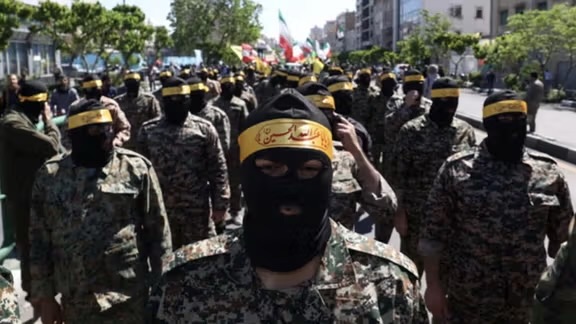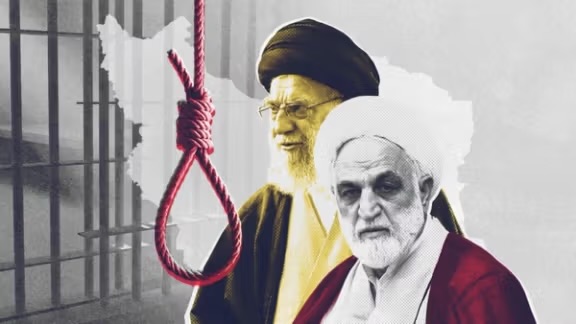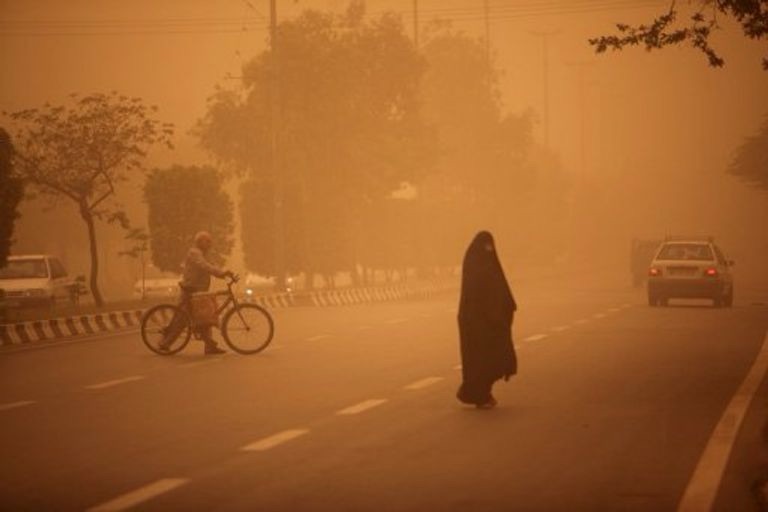
AHWAZ — Air quality in Ahwaz has reached one of the most dangerous levels recorded this year, prompting emergency measures including the suspension of in-person classes.
According to data released by Iran’s national Air Quality Monitoring System, pollution levels in Ahwaz during the past 24 hours entered the purple category, defined as “very unhealthy” and hazardous for all age groups. Monitoring stations in Padadshahr, Ahwaz, and Karun recorded particulate pollution above 200 AQI.
State-run media reported that in some areas of Ahwaz, the Air Quality Index reached 500, the highest value on the scale and classified as “hazardous.” At this level, exposure to outside air poses immediate health risks, even for healthy individuals.
Several cities across Khuzestan Province also reported critical pollution levels. Abadan, Andimeshk, Behbahan, Khorramshahr, Dasht-e Azadegan, Shadegan, Shushtar, Malashieh, and Hoveyzeh all recorded air quality in the “red category,” meaning the air is unhealthy for everyone, especially children, elderly people, and individuals with heart or respiratory conditions.
Health authorities advised residents to limit outdoor activities and urged people with chronic illnesses to remain indoors with windows closed. They also called for reduced movement of heavy vehicles and tighter control over industrial emissions.
Following an emergency meeting, the Khuzestan Air Pollution Task Force announced that:
All schools and universities in Ahwaz, Karun, Bavi, Hamidiyeh, Hoveyzeh, and Dasht-e Azadegan will operate remotely. Government offices in those cities began work two hours later than usual for the day.
The Air Quality Index is determined by measuring pollutants such as carbon monoxide, ozone, sulfur dioxide, nitrogen dioxide, and fine particulate matter (PM2.5), the latter being able to penetrate deep into the lungs and bloodstream.
Environmental observers note that air pollution has become a recurring crisis in Ahwaz due to dust storms, drought, and industrial emissions issues linked to years of mismanagement of land and water resources in the region.



